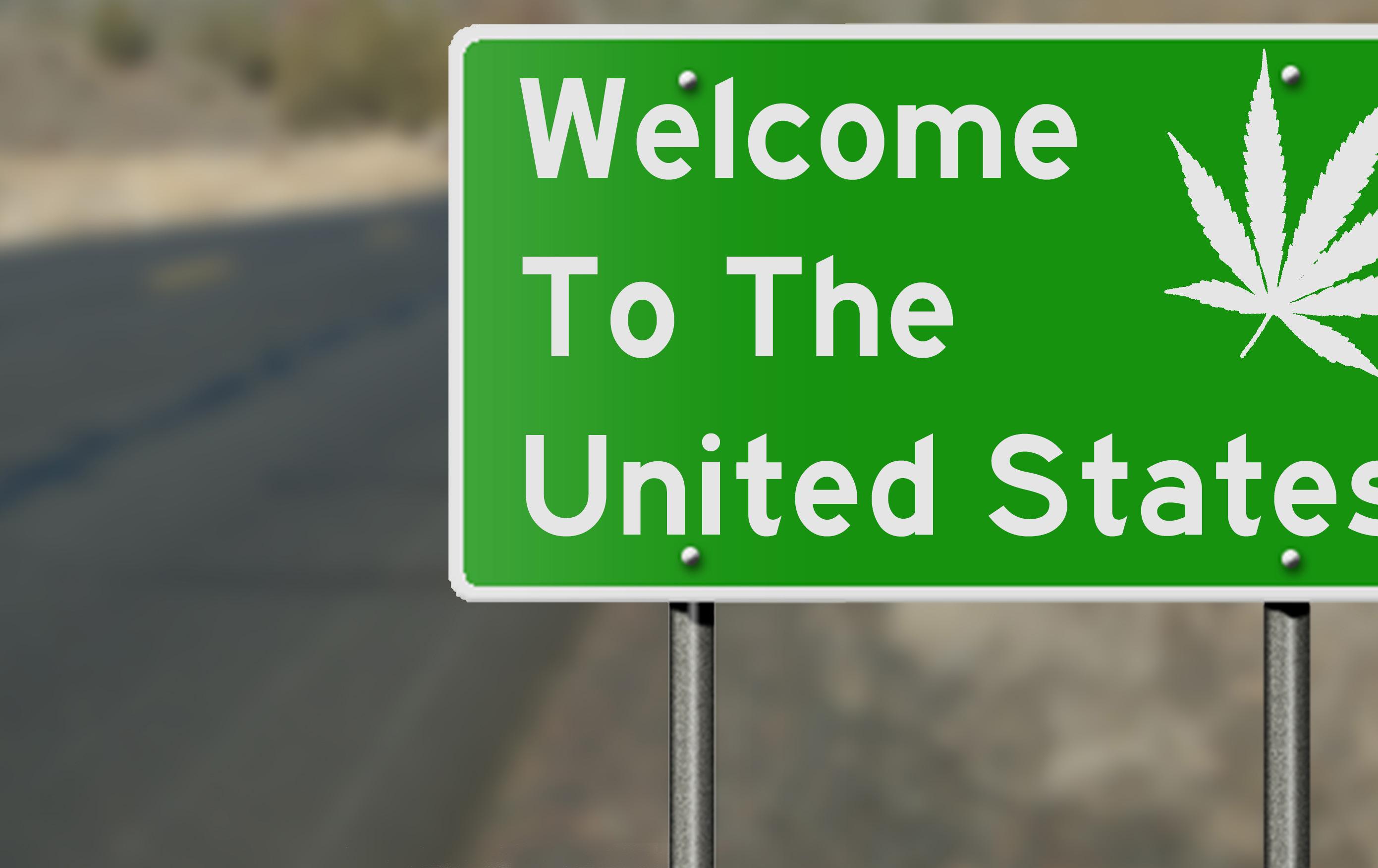
3 minute read
Are We There Yet?
The Legal Status of Cannabis in the U.S.
By Melinda Bie
Advertisement
If you’re like most Americans, the constant bombardment of news and statistics is overwhelming — and that doesn’t even include the latest informational updates on state and federal legalization status of cannabis. So, we thought we’d bring you up to date, at least up to the date of this publication.
Twelve years ago, no state had fully legalized cannabis Now, more than a quarter of the U.S. population lives in a legal cannabis state. Let’s break it down by the numbers:
Cannabis is fully legalized in 19 states, medically legal and decriminalized in 10 states, medically approved in 9 states, CBD only approved in 6 states, decriminalized in 2 states, and fully illegal in 4 states.
What do all the terms mean? Legalization is generally taken to represent the removal of all government-enforced penalties for possessing and using cannabis. In most, but not all, cases, legalization also paves the way for the legal sales and home-growing of cannabis.
Decriminalization generally eliminates jail or prison time for limited possession of cannabis, but some other penalties remain in place, treating a minor cannabis offense more like a minor traffic violation. Those caught possessing or selling an amount within the decriminalized limits are still fined — usually no more than a few hundred dollars. States with stricter decriminalization laws can also attach some jail or prison time to possessing larger amounts of cannabis, sales, or trafficking.
Medical legalization lets doctors recommend cannabis for a variety of conditions, from pain to nausea to inflammatory bowel disease to PTSD. Most states have allowed medical cannabis for many other conditions.
OK, that’s all well and good, but where do we stand federally? As in, when the Twelve years ago, no state had fully legalized cannabis. Now, more than a quarter of the U.S. population lives in a legal cannabis state. “ “ heck are we going to see the removal of cannabis from the Federal Schedule of Controlled Substances?! Well, good question — got a magic eight ball? Because that’s going to give you just about the same amount of accurate answer as you’ll get from any government official. What we can tell you is this — there are currently two cannabis prohibition repeal bills. The first, H.R. 3617 - MORE Act of 2021, the Marijuana Opportunity, Reinvestment and Expungement Act, was introduced by Rep. Jerrold Nadler (D-NY) on May 28, 2021.
The second, H.R. 3105 - Common Sense Cannabis Reform For Veterans, Small Businesses, and Medical Professionals Act, was introduced by Rep. David Joyce (R-OH) on May 11, 2021.
Both have been referred to committees and that’s where they sit at the moment. Both call for the removal of cannabis from the Federal Schedule of Controlled Substances, but H.R. 3105 is far less wide reaching in reform and puts some regulation responsibility in the hands of the FDA and the Treasury Department. There are more differences between the two bills, on important points like taxation and research as well as social-justice reform.
OK, so, and now what? Well, they will sit in committees for another few months before either bill gets a hearing. In the meantime, it comes down to trying to get through to the 168 Democratic members of the House that voted against it last time as well as the heavy number of Republican senators who will more than likely shoot it down when it hits the Senate.
That’s where you and I come in with our letters, emails, phone calls, and our support of organizations like NORML, which advocate for us all. We suggest that you not only convey your support of the MORE Act to your state representatives but take it a step further and write to President Biden. Whomever you choose to communicate with, do it with respect, with facts and with brevity. A simple “I encourage you to join me in support of the MORE Act of 2021” is a great way to begin.










